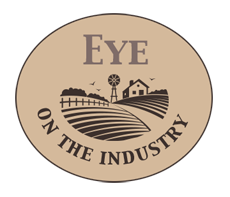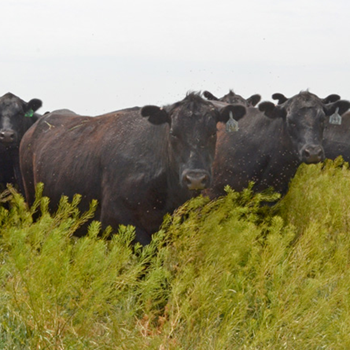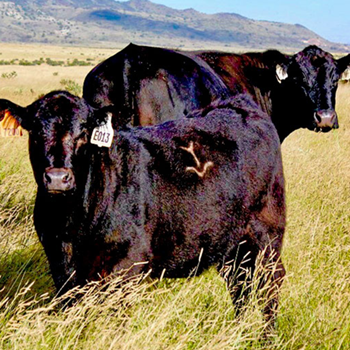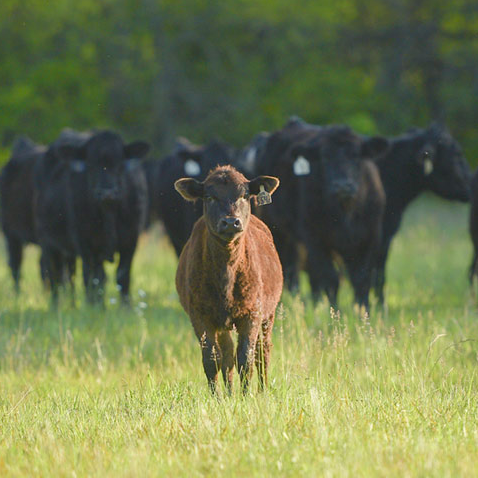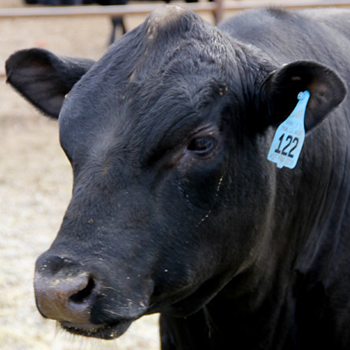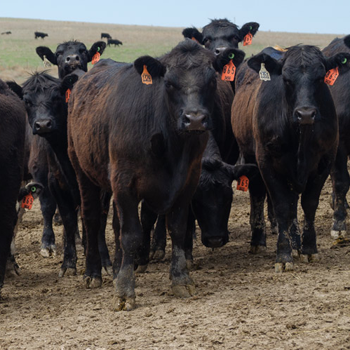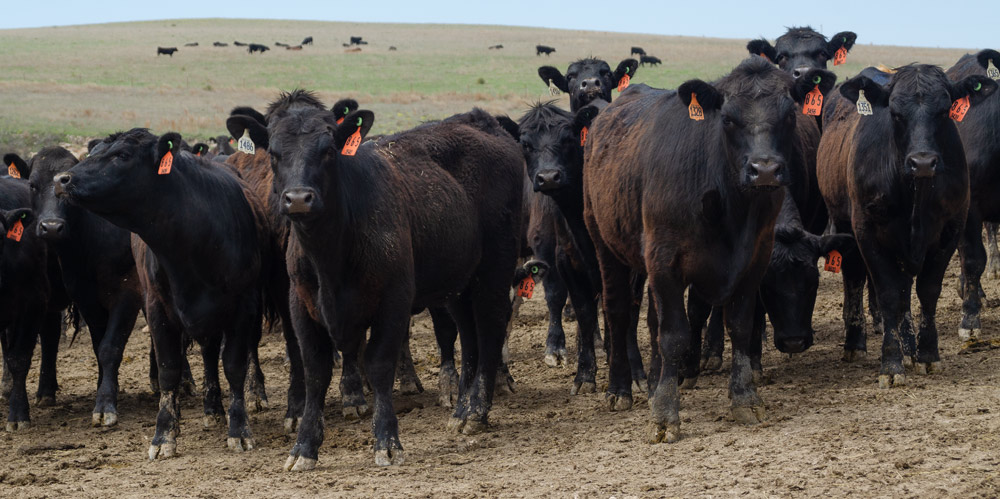
How Much Do Genetics and Management Matter?
Genetics and management are the only ways to get to marketing end goal.
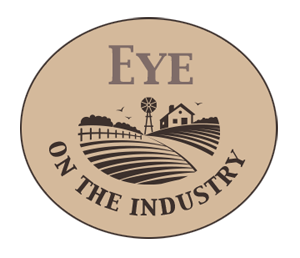
Start with the end in mind. For linear thinkers, this might feel counterintuitive, but in terms of genetic selection and management decisions, this type of thinking proves to be more profitable.
Marketing calves can often be the last thought of raising cattle, but Tom Brink, CEO of the Red Angus Association of America, says it should be the first. Cattlemen should think about the marketing side of the business first and then work backward to create a specified production plan.
Commodity beef is not profitable in the long term because prices dance around breakeven over time. Commodity cattle are the road to average prices or worse, he says, but specification cattle are the road to above-average prices.
He paraphrases a Leo Tolstoy quote to fit cattlemen: “Everyone thinks of changing the cattle market, but no one thinks of changing their cattle to better fit the market.”
To do this, Brink says genetics and management are the only tools we have. It’s an amazing and unprecedented time in the industry, with the available genetics and marketing opportunities in value-added programs.
Value-added programs verify things like health; genetics; management programs like natural, non-hormone treated cattle (NHTC) and global animal partnership (GAP); nutrition; and source and age. There are many value-added programs, he notes, and they offer premiums for those willing to do the work.
He suggests asking yourself, “What attributes of my calf crop can be verified to make them worth more?”
If there aren’t any, what management methods can you change?
“We can’t put in an average amount of effort and expect above-average results,” he says.
Once the marketing goals are decided, then back up to decide your breeding objectives, says Tommy Perkins, associate professor and Dean Hawkins Chair in cow-calf management at West Texas A&M University.
Too often, cattlemen tend to modify their environment to get more marbling, heavier weaning weights, more total pounds, etc., and compensate with management like more feed, more vaccines, and fetal programming.
He recommends working with your own environment with your cow herd, but use reproductive technology to the fullest, especially for commercial cattlemen.
For a breeding objective of producing the highest-quality feeder calves, he recommends using a maternal bull earlier in the breeding season for replacement heifers, or simply buying replacement females, and a terminal bull to produce those high-quality feeder calves.
In deciding which genetics to use in your operation, Perkins warns, “I would not buy a bull without genetically enhanced EPDs (expected progeny differences).”
He also recommends using genomic tools available for commercial cattlemen for selection decisions, because the data are there to back them up.
Cows must fit their environment, or management tools are just wasted effort and expense. There needs to be balance in having productive females and creating a product that’s right for the industry, he says. Adopt the available technology so you don’t have to settle for producing commodity cattle.
